Never in my wildest dreams would I have thought that Tibet would end up as one of my favourite travel destinations of all time. Besides the spectacular National Geographic-worthy scenery, I thought I would share some reasons why you should visit Tibet at least once in your life:
Tibet is every photography enthusiast’s paradise
Tibet is very photogenic. When it comes to natural scenery, no other country comes close, except probably New Zealand and Switzerland, but there is a wilder and deeper side to Tibet that makes it breathtakingly beautiful.
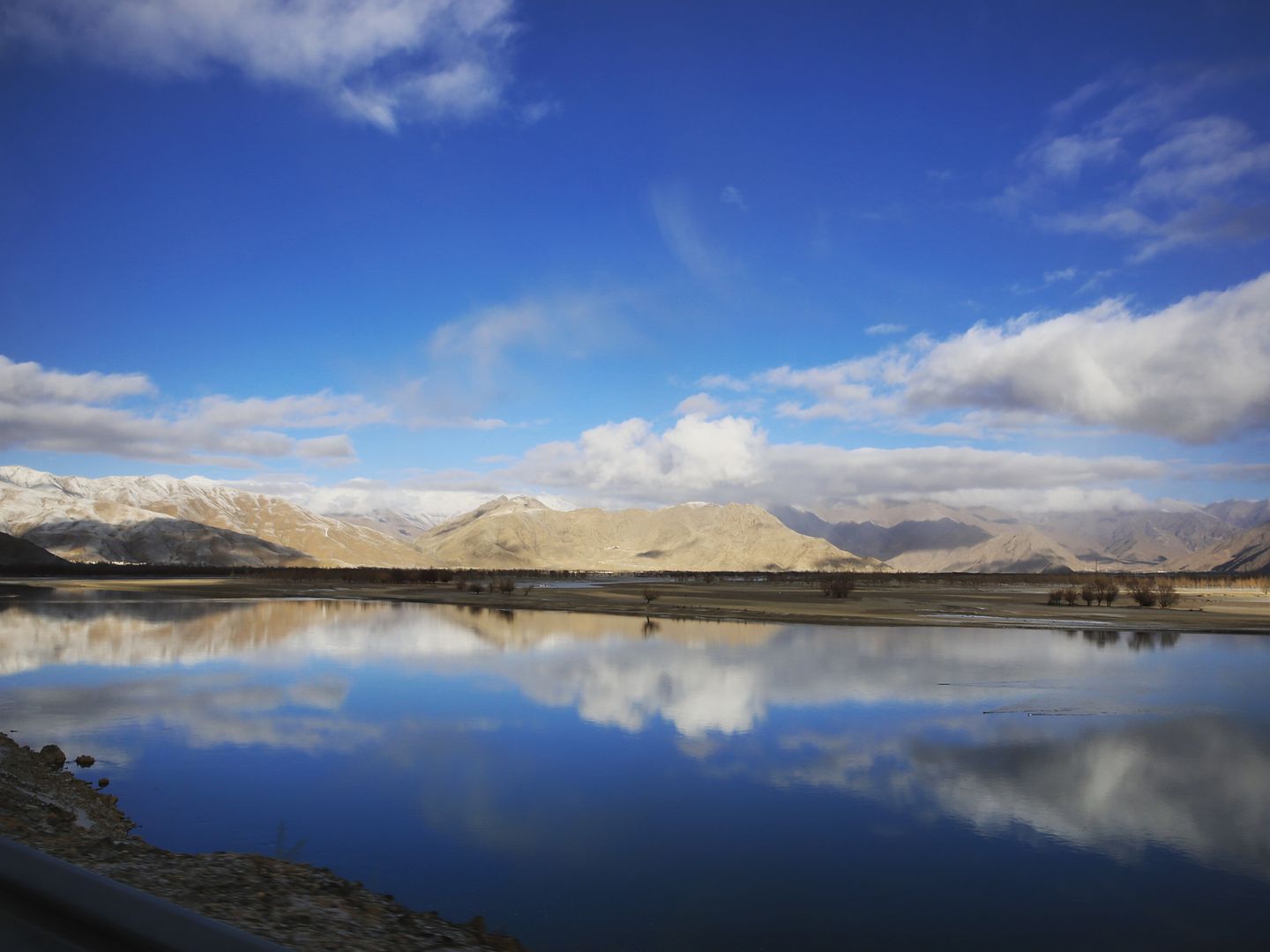 |
Think dramatic white clouds, beautiful turquoise lakes, vast frozen glaciers and rocky, towering mountains that are largely uninhabited. You don’t even have to visit the 3 holy lakes to be treated to spectacular views like these.
 |
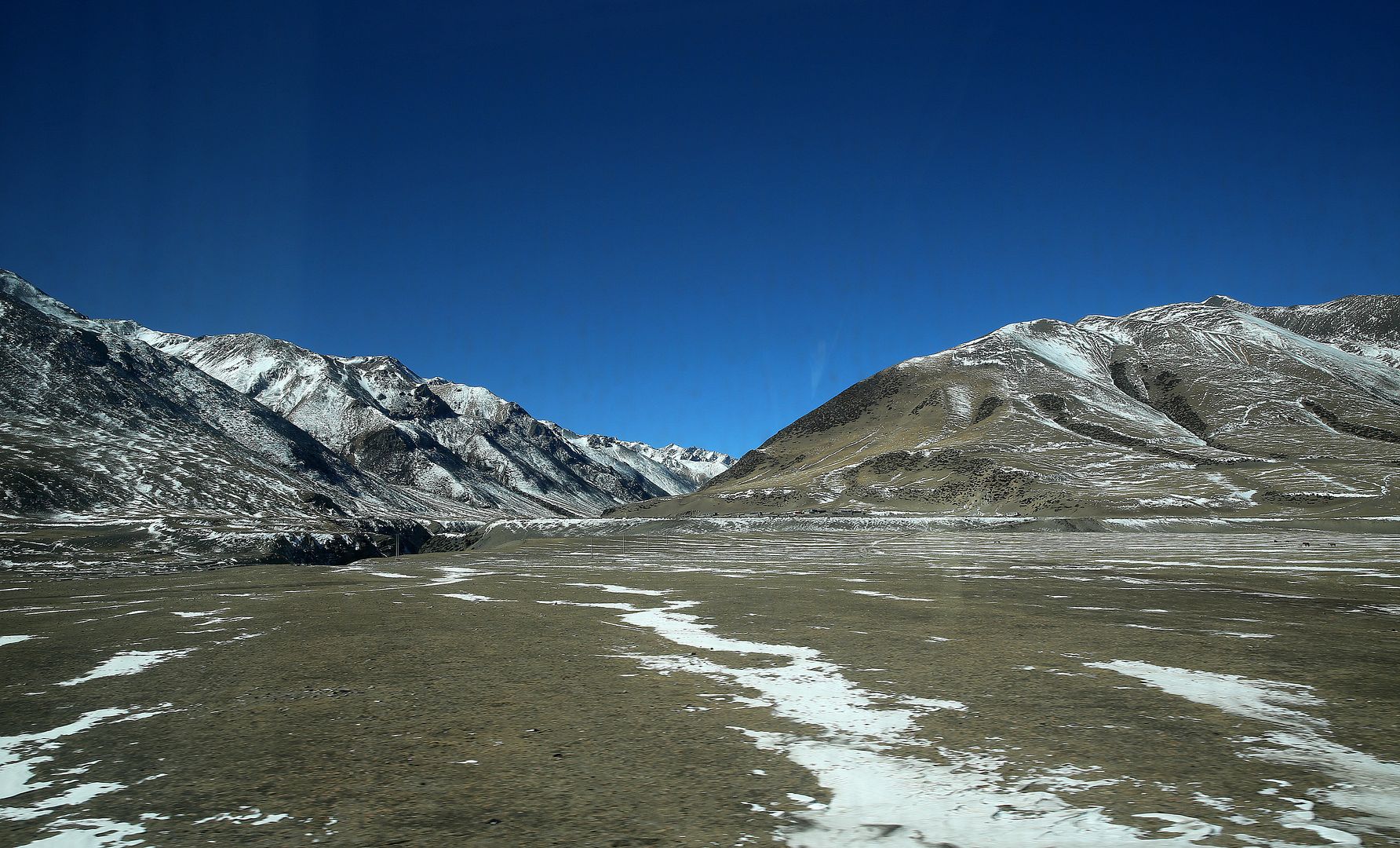 |
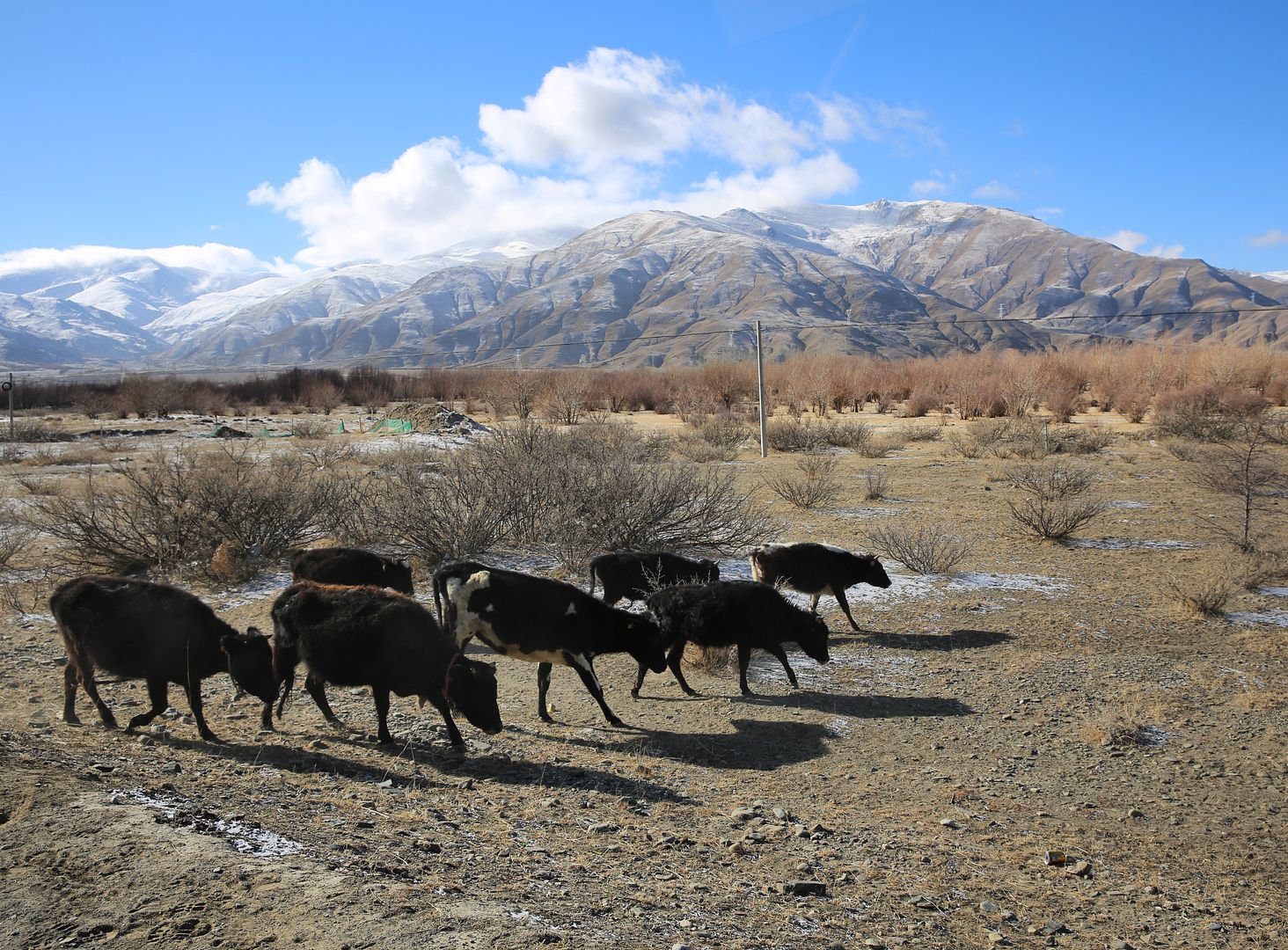 |
 |
| Panoramic view of Lhasa |
Also, have you ever visited a destination where every walkway, building and passerby looked this photogenic? Keep your eyes peeled and cameras handy, because pleasant surprises await at every turn.
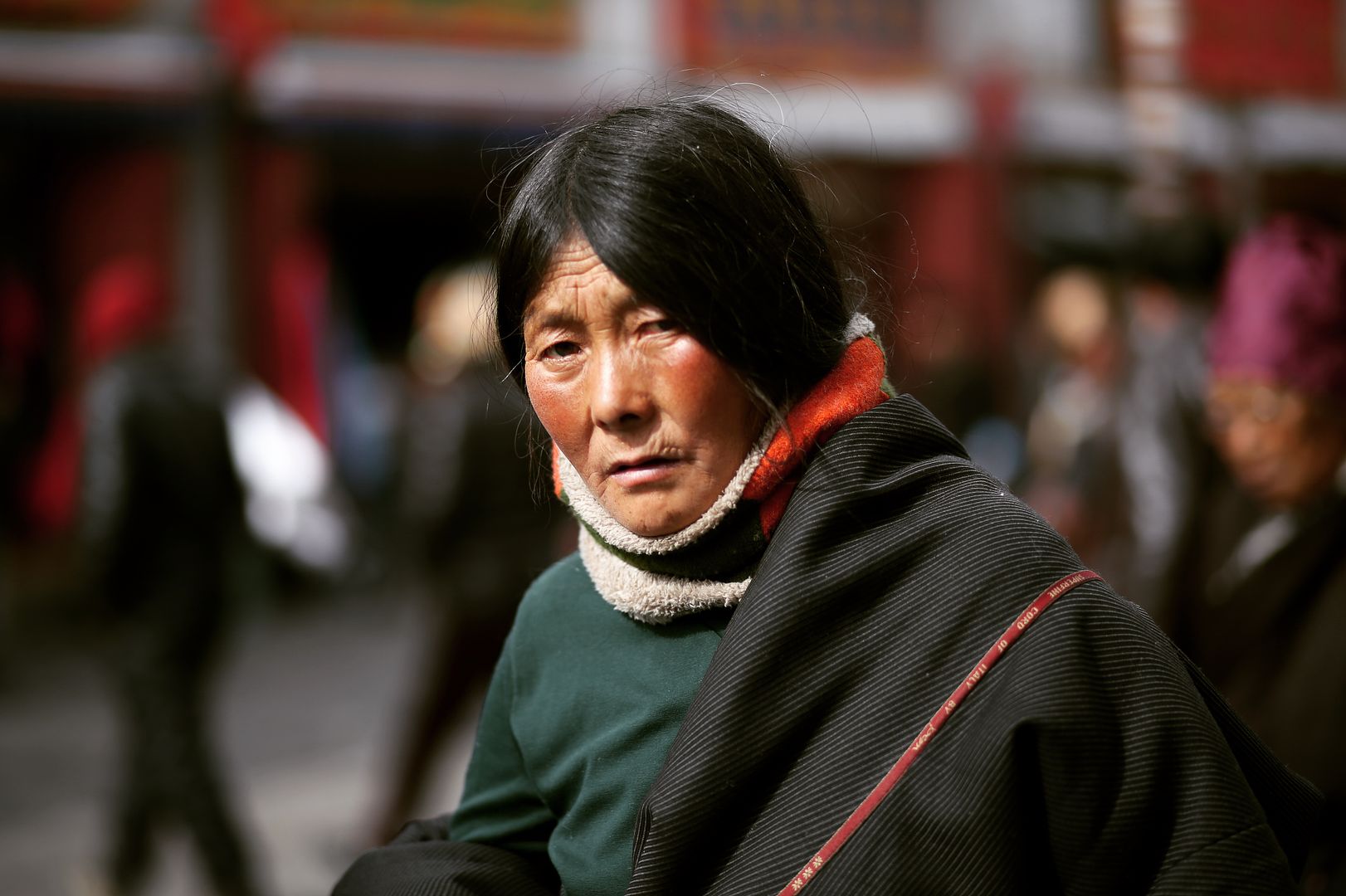 |
| Tibetan Pilgrim |
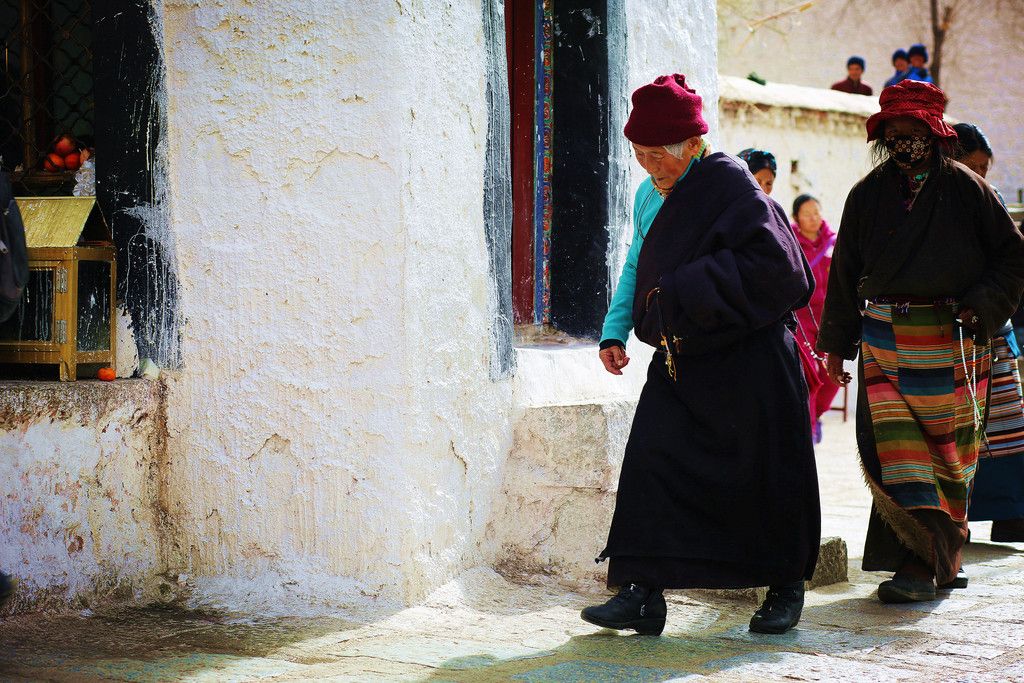 |
| There are more Tibetan pilgrims in winter compared to any other time of the year. |
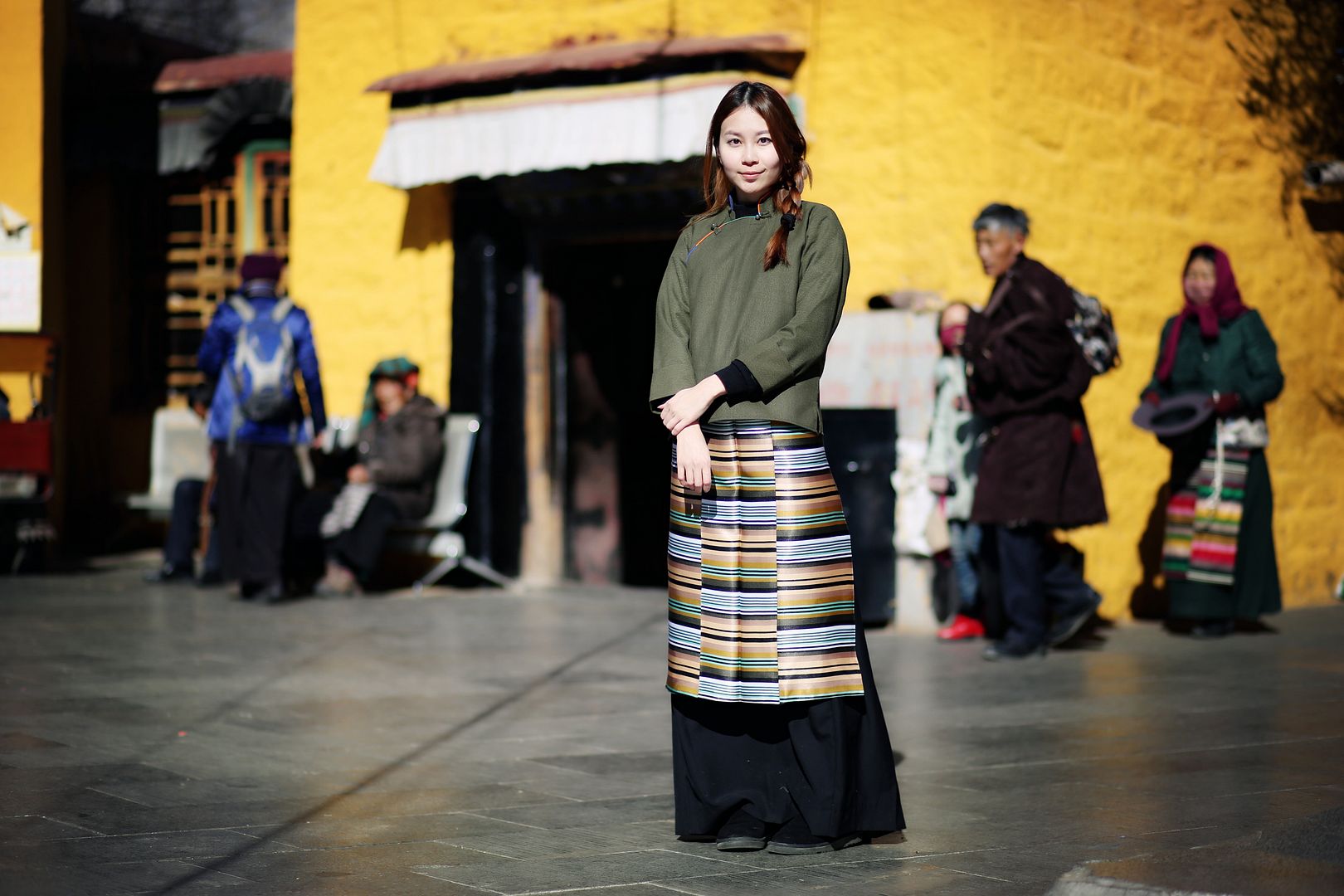 ;;; ;;; |
| Masquerading as a Tibetan pilgrim (Told you there are surprises at every turn!) |
You’ll be intrigued by their cultural heritage and religious traditions
Did you know that the bold, intricate designs of the traditional costumes worn by local Tibetans are not just beautiful works of art? They tell a story too. From the costumes alone, you can ascertain which part of Tibet a person is from and whether he/she is a farmer or nomad.
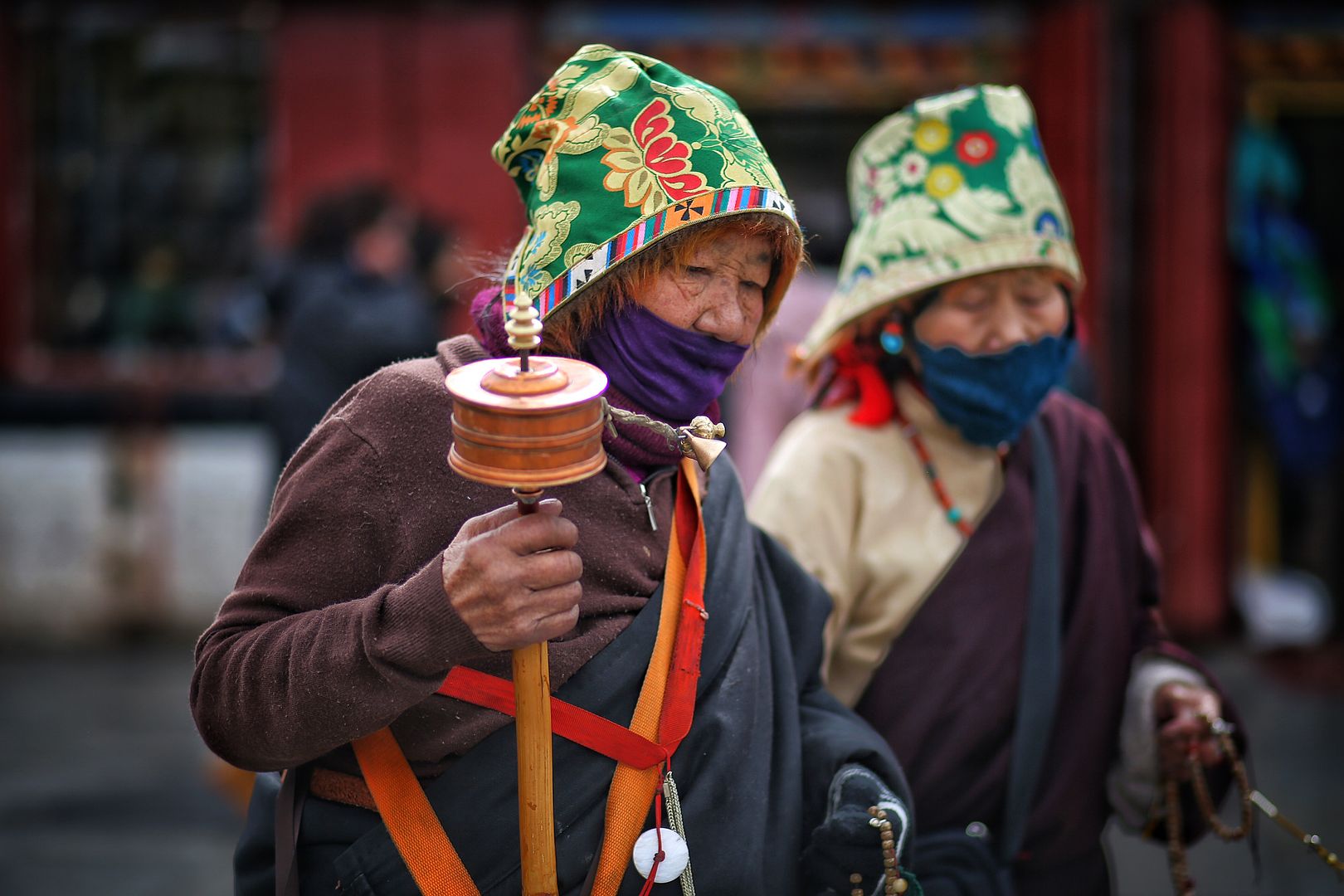 |
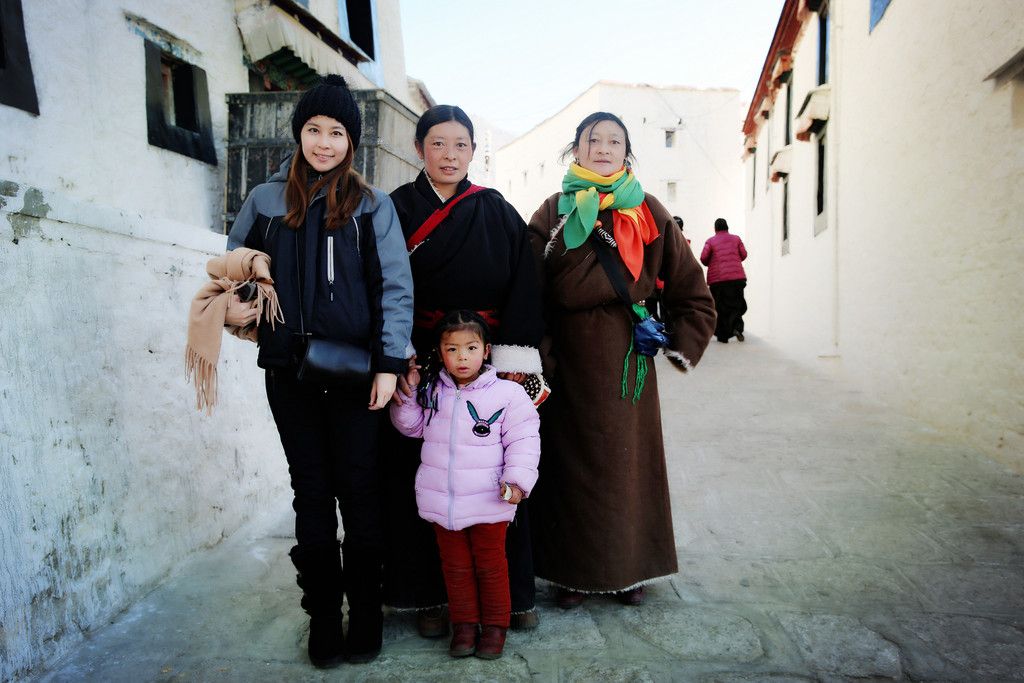 |
| Tibetan pilgrims and sporty-looking tourist (aka me) |
Tibet’s culture and identity are inextricably linked to Tibetan Buddhism. Visits to places of worship and UNESCO World Heritage sites such as Potala Palace, Drepung Monastery, Sera Monastery and Jokhang Temple are eye-opening experiences as Tibetan Buddhism is unlike any other religion.
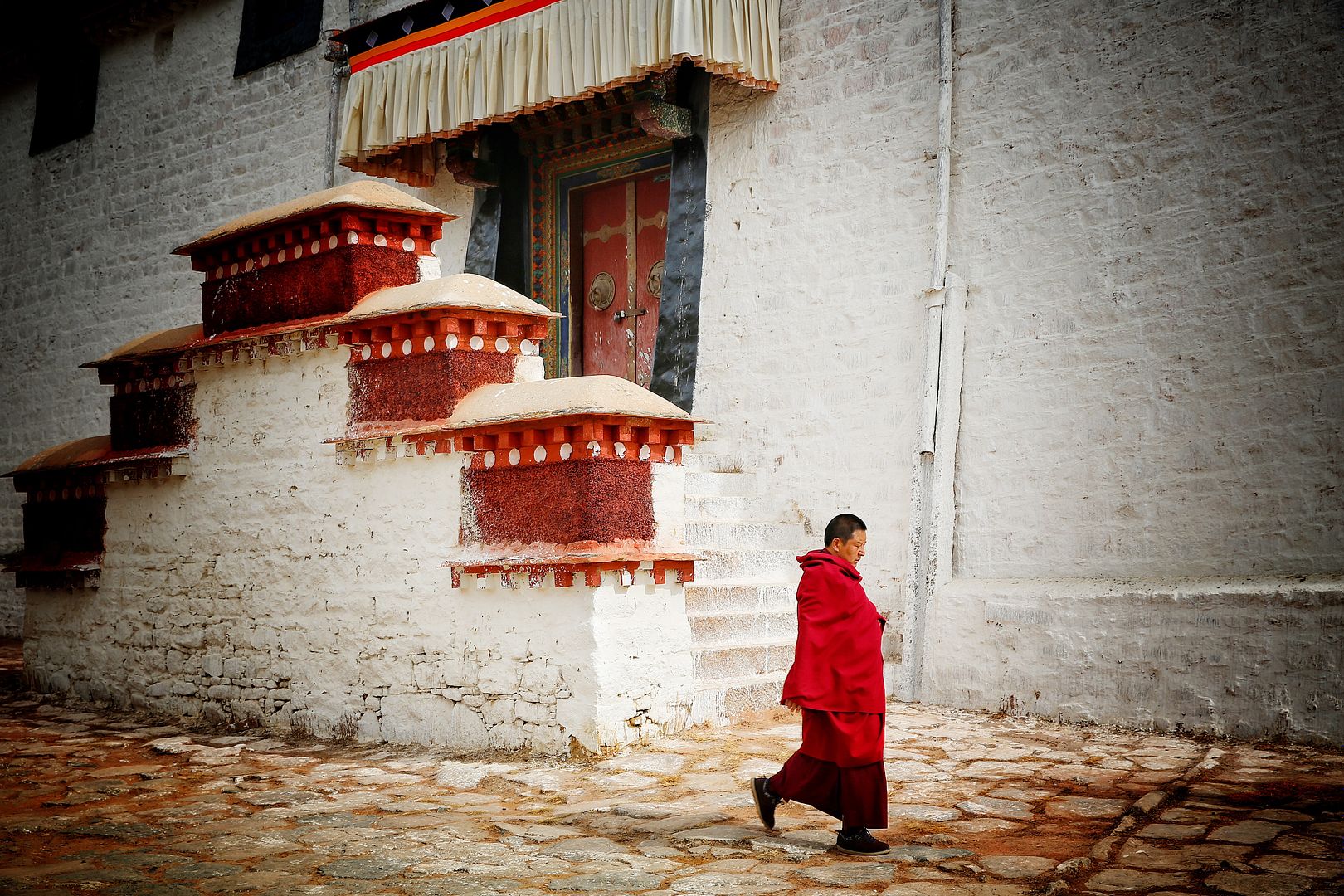 |
| Sera Monastery |
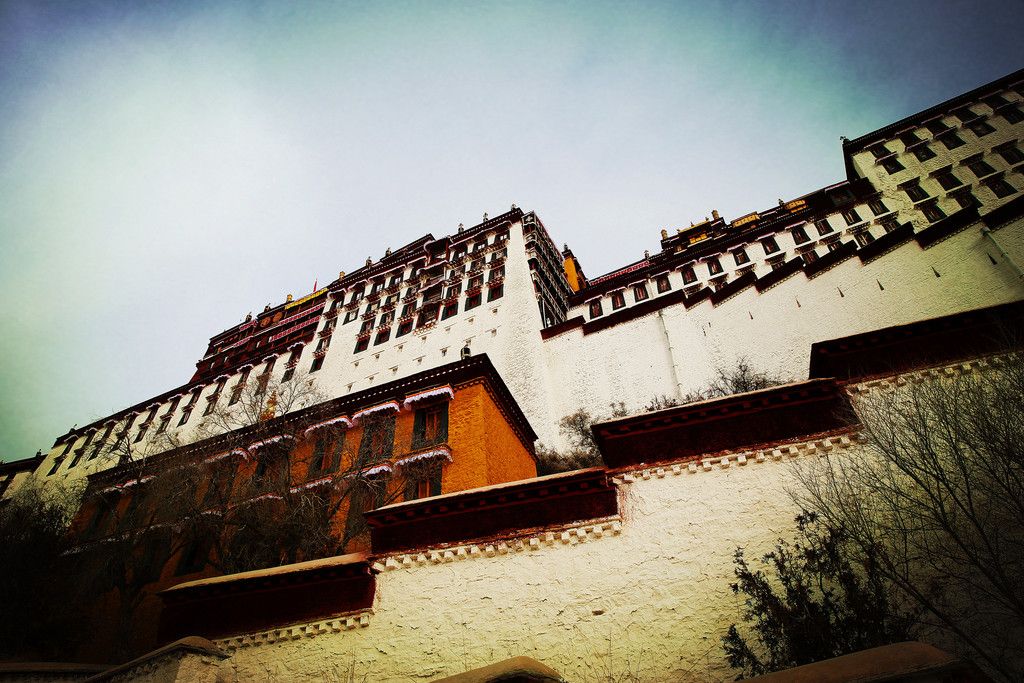 |
| Potala Palace, the main residence of the Dalai Lama until the 14th Dalai Lama fled to India in 1959 |
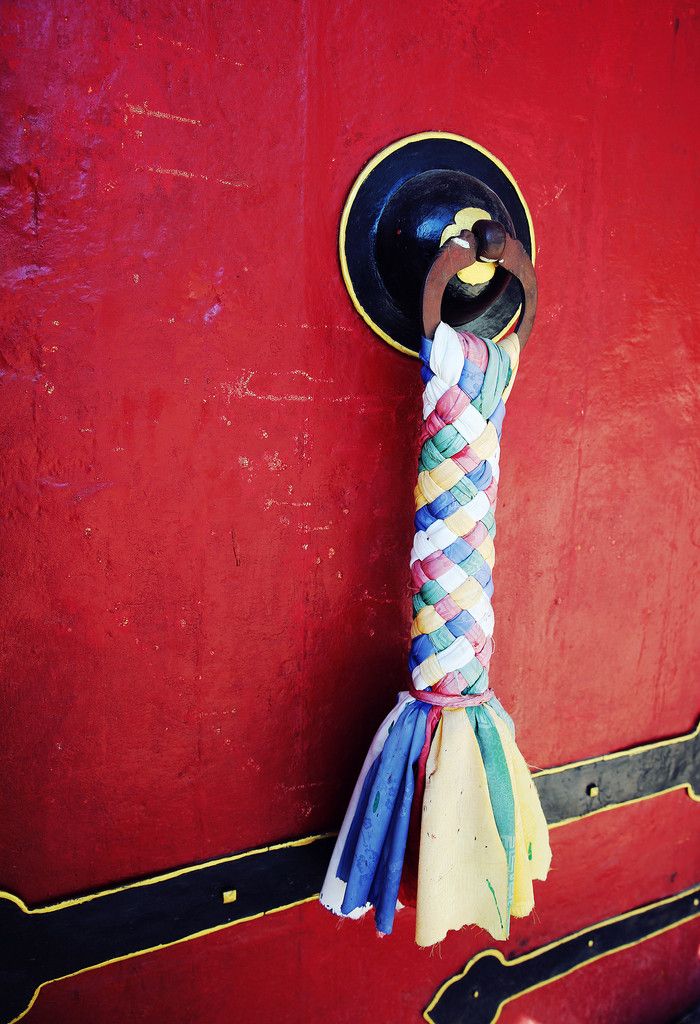 |
| Tibetan Knot – Blue symbolizes the sky, white symbolizes the air and wind, red symbolizes fire, green symbolizes water and yellow symbolizes earth. |
Rituals are a vital part of the culture and their meticulous attention to detail can be seen from the way these places of worship are constructed, to the Tibetan prayer bells, wheels, flags and even the way pilgrims pray by sliding on the ground continuously in full prostration.
 |
| Tibetan pilgrim holding a prayer wheel at Bakhor Street |
 |
| Prostrating Tibetans (Gotta love those stylish braids too) |
Tibetan cuisine is delicious, if you avoid tourist traps
We had a very good Tibetan guide (his name is Chimple) who brought us only to restaurants frequented by the locals. After hearing horror stories about how tough and tasteless yak meat is, I was pleasantly surprised that the yak meat we had at every meal was succulent and tasty. It is compulsory to hire a guide in Tibet, so go on, ask your guide to take you to his favourite local joints!
 |
Butter tea is a common beverage in Tibet and Chimple brought some of his home-made butter tea to sample. Did you know that authentic butter tea is made using milk from the female yak (also known as nak) but most butter teas found in shops today use ordinary butter? It was a privilege to have had the opportunity to savour this delicacy.
Tibetans are a welcoming bunch (and they can speak Mandarin too)
Everywhere we went, Tibetans would smile warmly at us. It is useful to have a decent command of the Chinese language because Tibetans can speak Mandarin too.
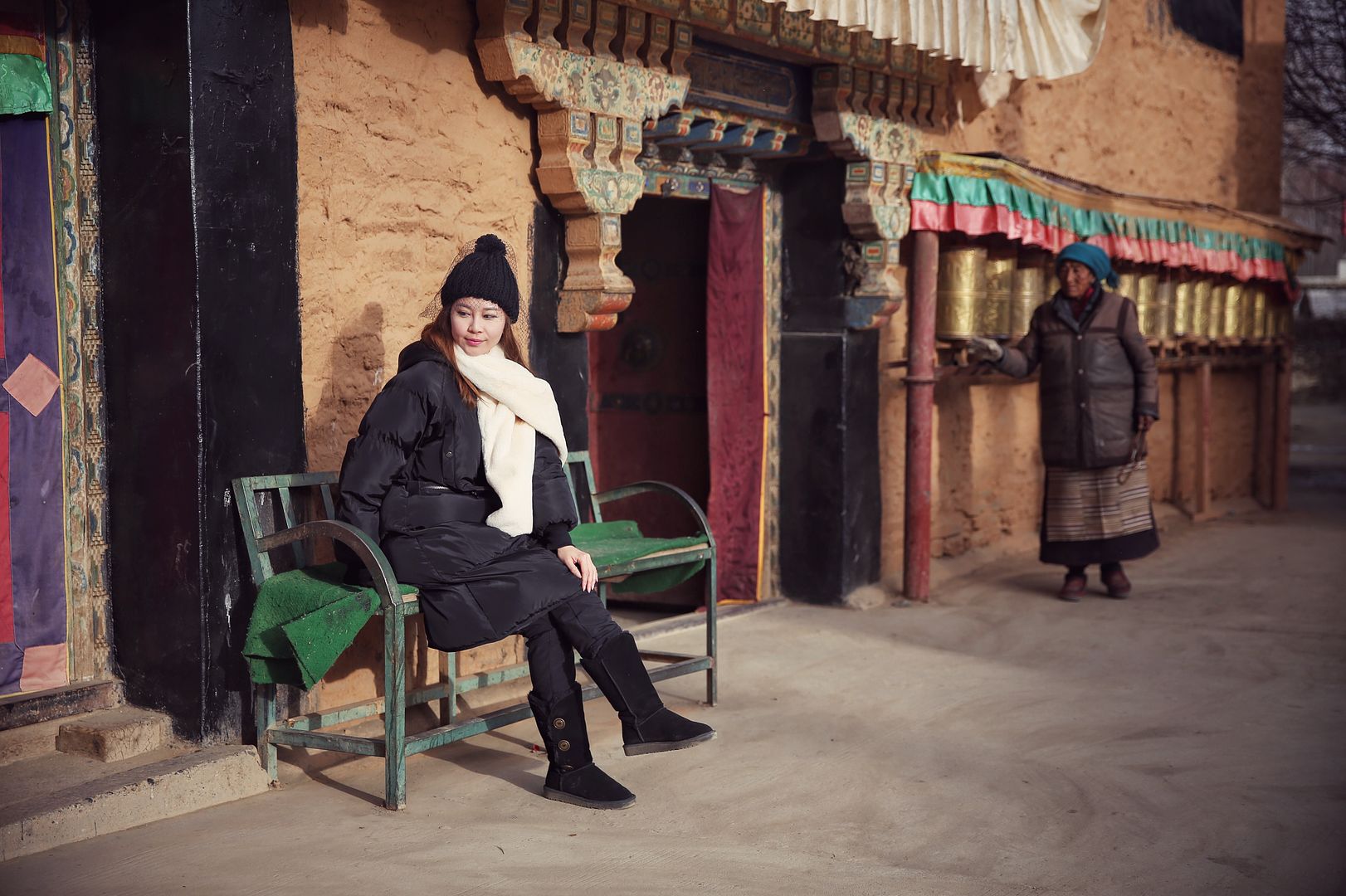 |
| Exploring a Tibetan village |
We had the chance to visit a Tibetan village and some of the local houses, which gave us a deeper understanding of their living environment and how Tibetan Buddhism is a way of life for everyone.
 |
| Typical Tibetan house |
 |
| Tibetan living room |
Even when the rest of the house looks like it needs a makeover, their dedicated prayer room is always spick and span. As most Tibetans are still devoted to the Dalai Lama, who is currently in exile in India, religious activities are closely monitored by the Chinese government.
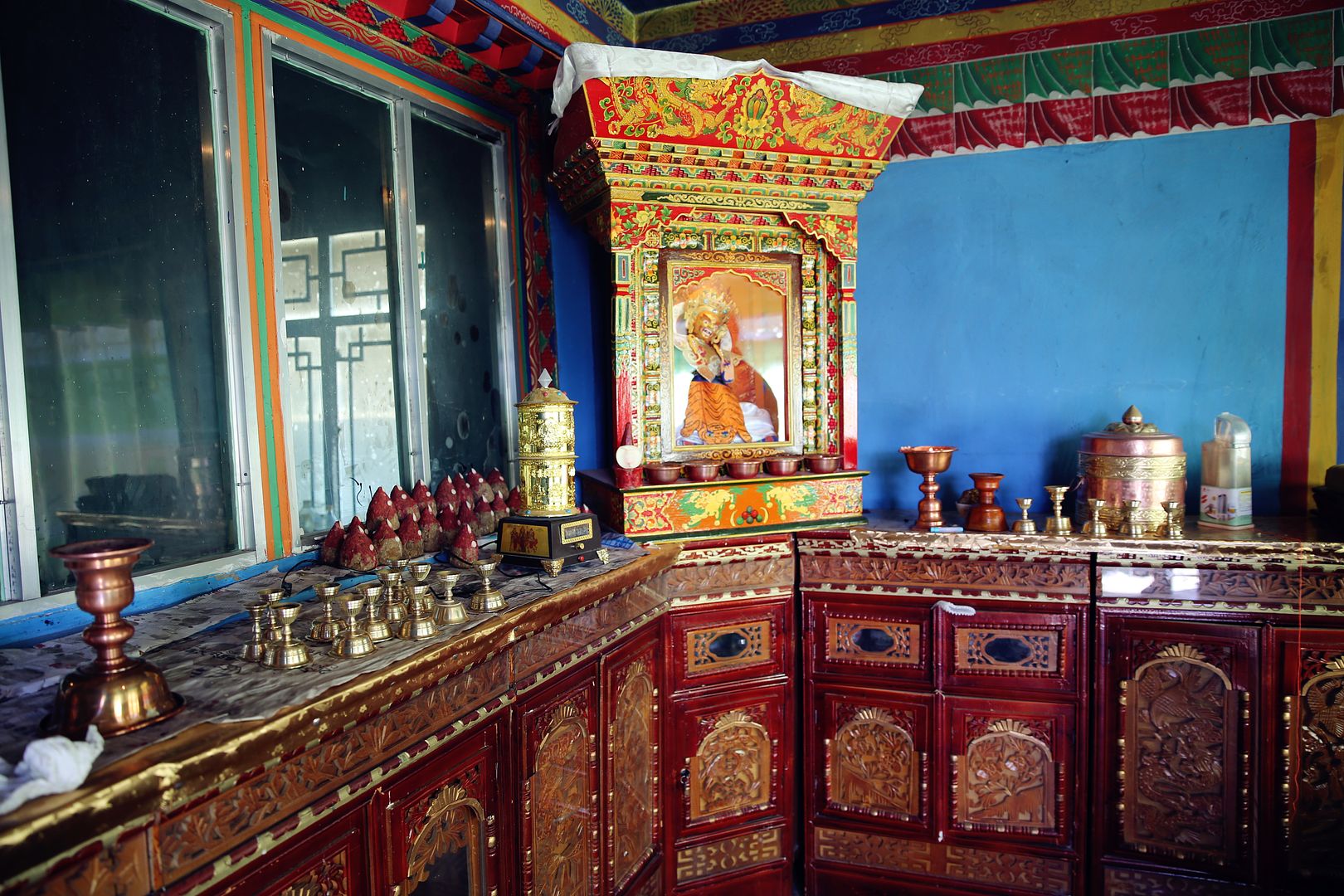 |
| Altar in the prayer room |
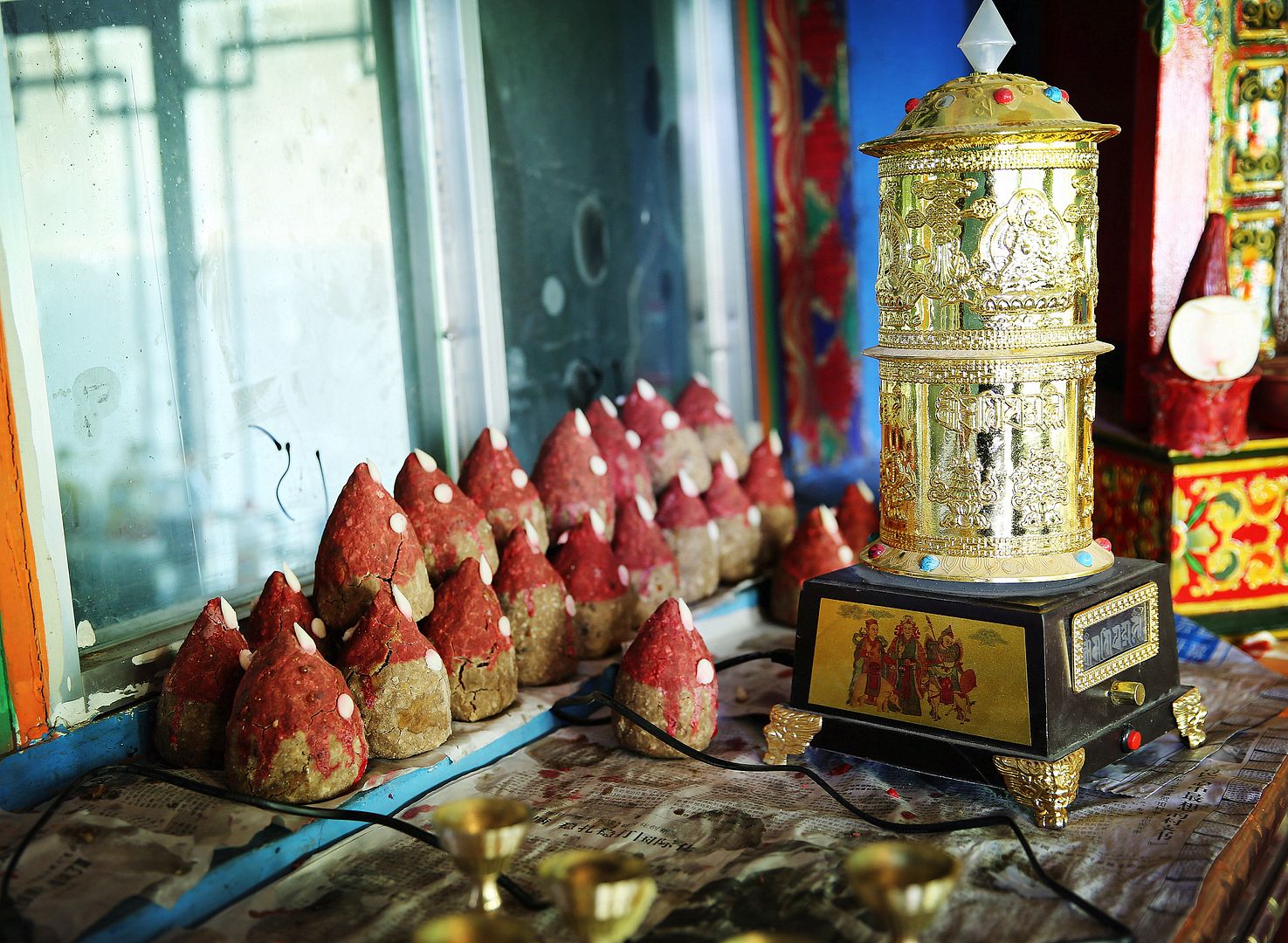 |
| Flour cakes made with flour and butter for prayer rituals |
 |
| Butter lamps for praying |
Words and photographs alone cannot adequately express how enchanted I am with Tibet, and I would urge you to visit this beautiful destination at least once in your lifetime. You’ll only truly understand what I mean when you’ve personally experienced the wonders of Tibet.
Plus, where else can you enjoy such a gorgeous view during a massive traffic jam?
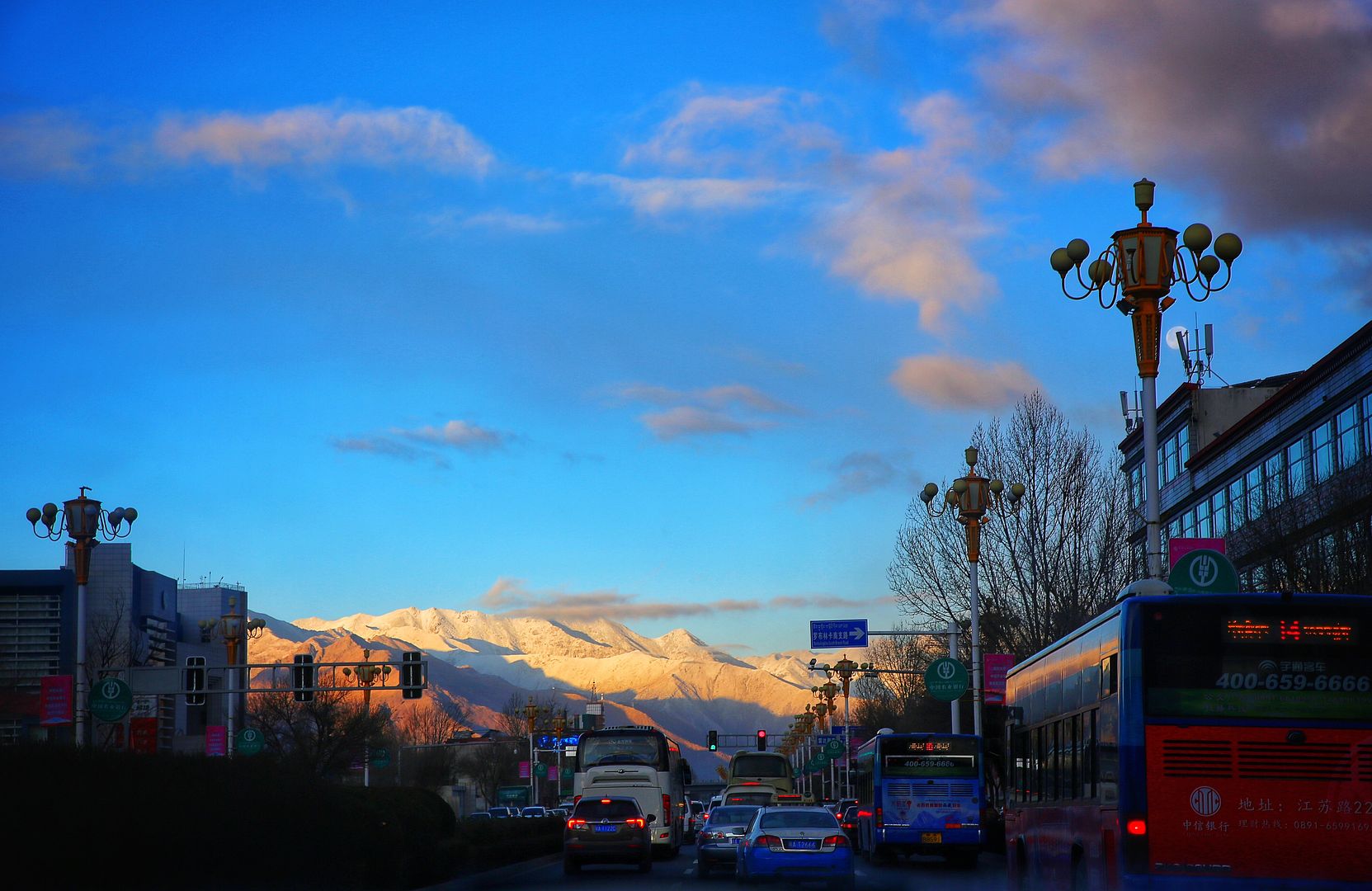 |
*****
For more information on my trip to Tibet, click on the links below to read my previous posts:
Tibet: Altitude Sickness & Acclimatisation Tips
Taking the Qinghai-Tibet Railway to Lhasa
You may also be interested in this article on preventing altitude sickness in Tibet written by YoWangdu Tibetan Culture business and website:
Altitude Sickness Prevention in a Nutshell


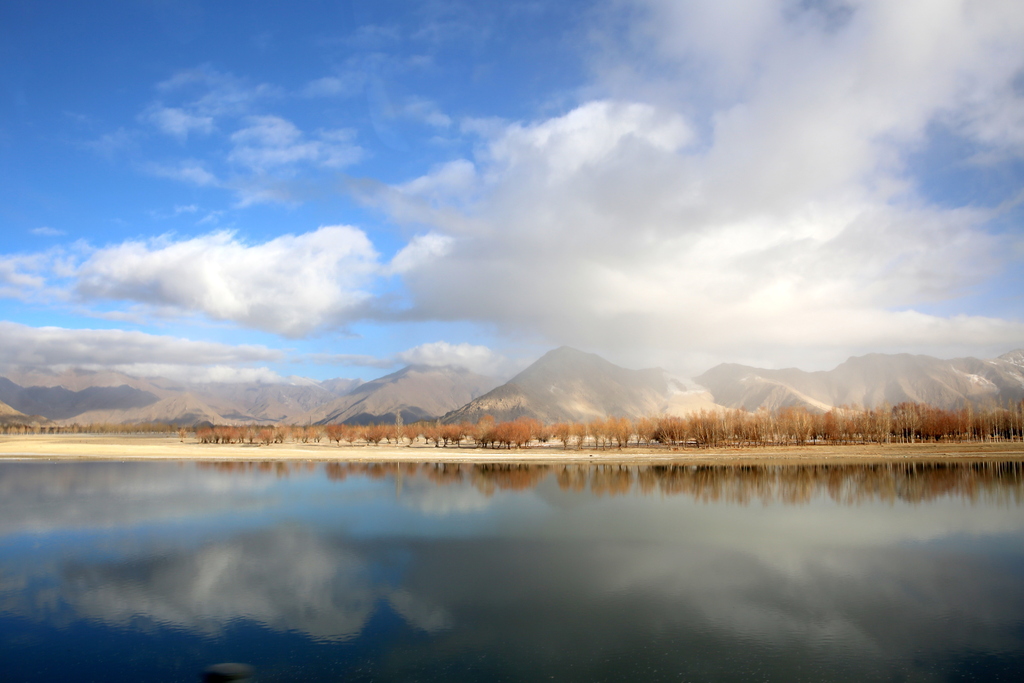

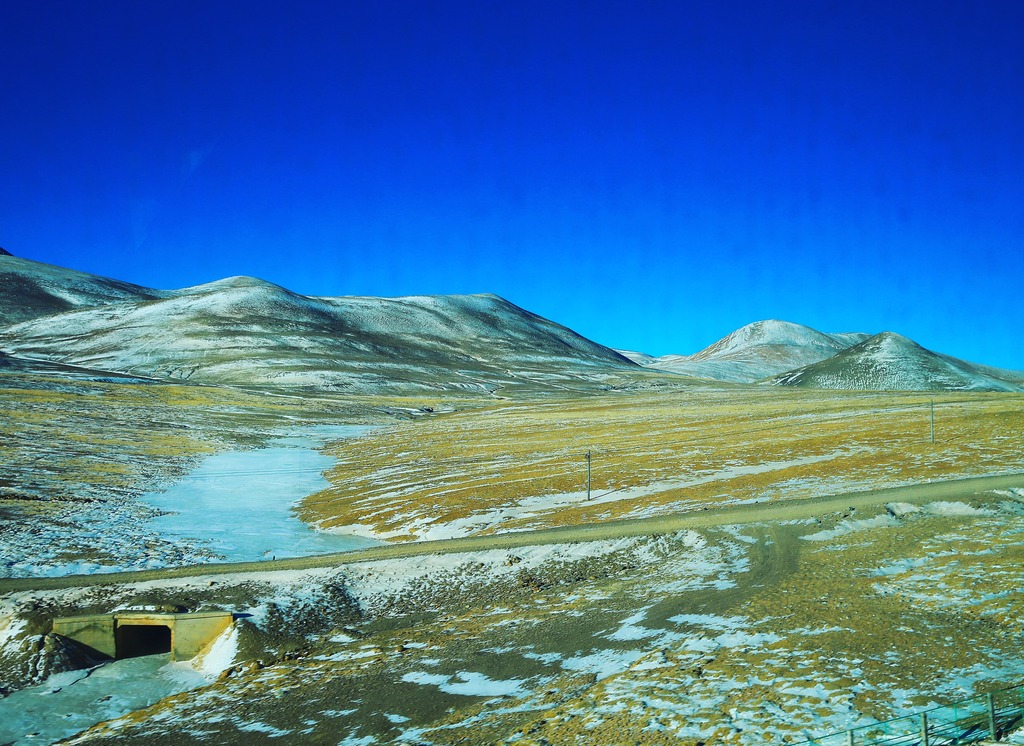

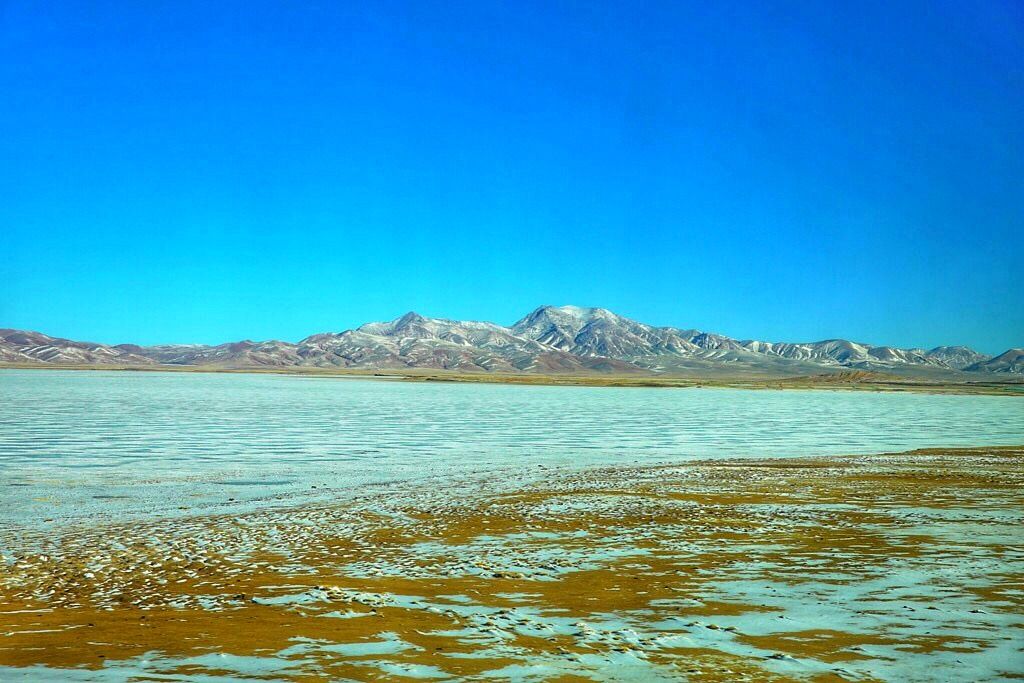
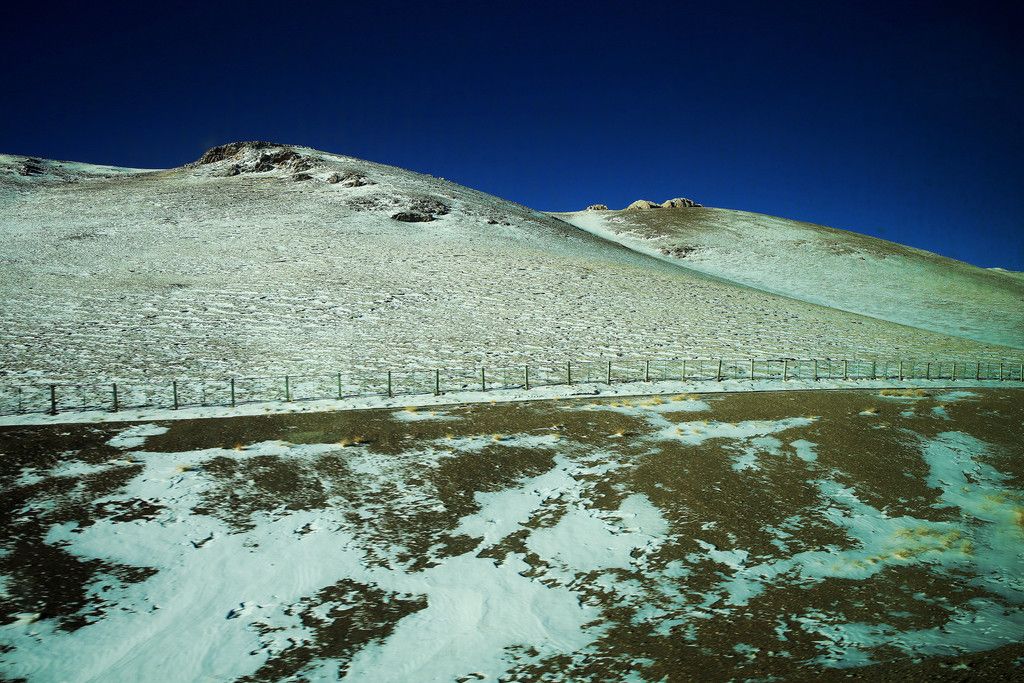

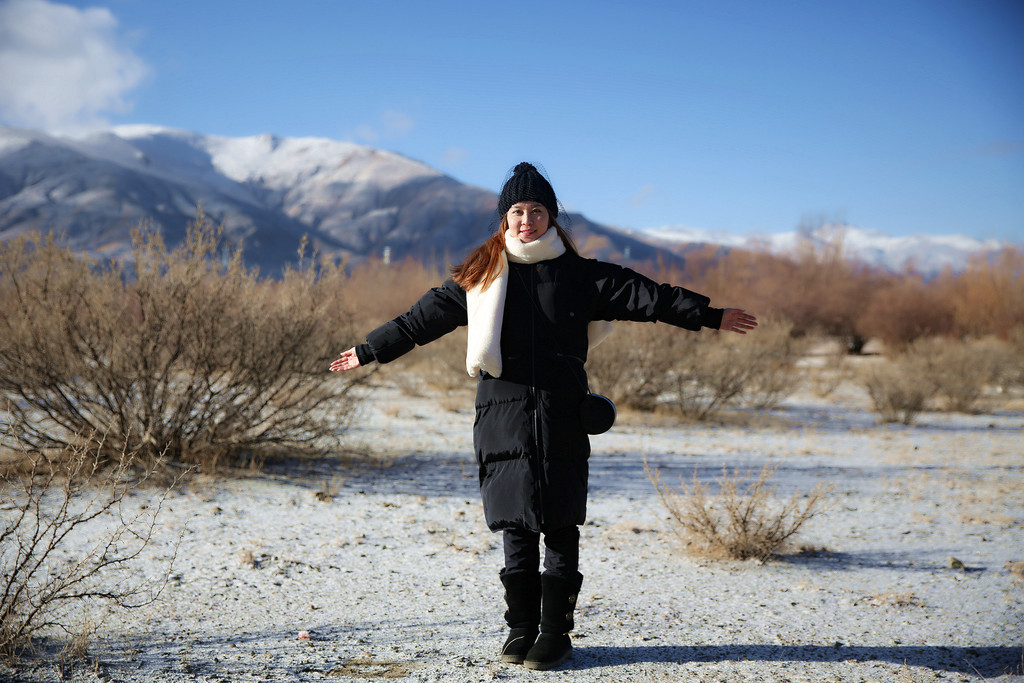

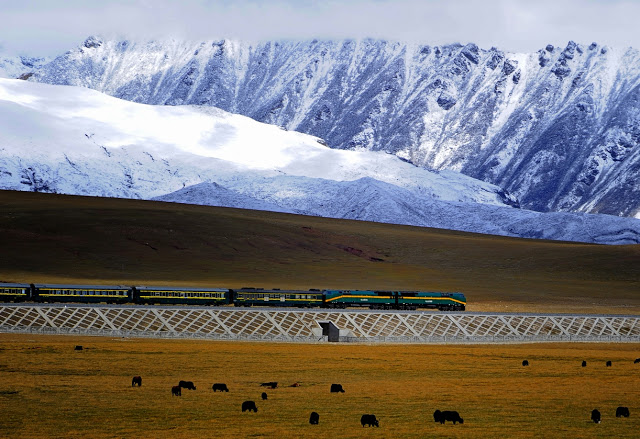
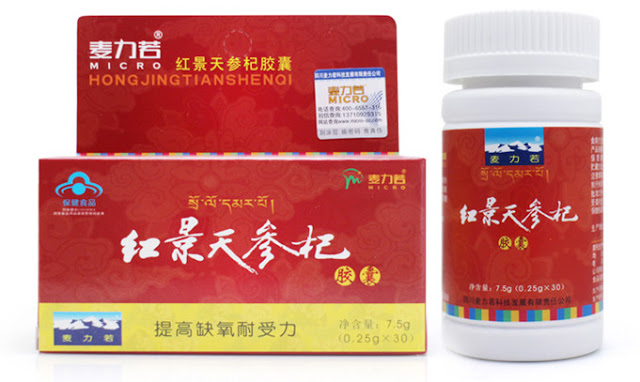
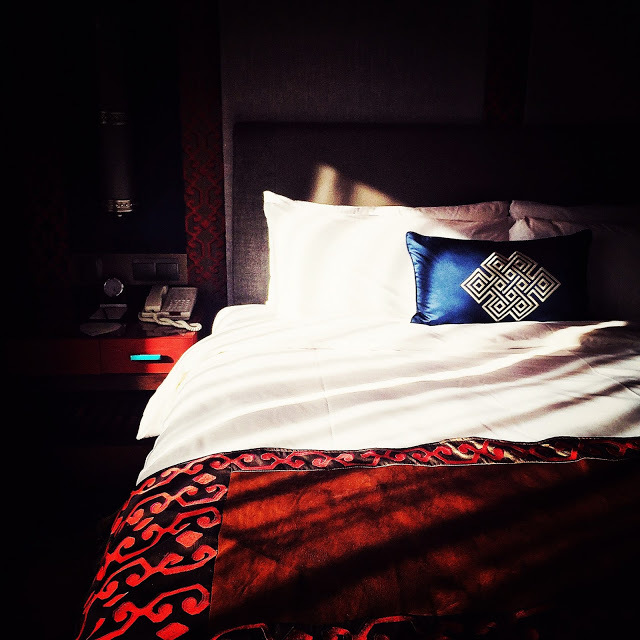
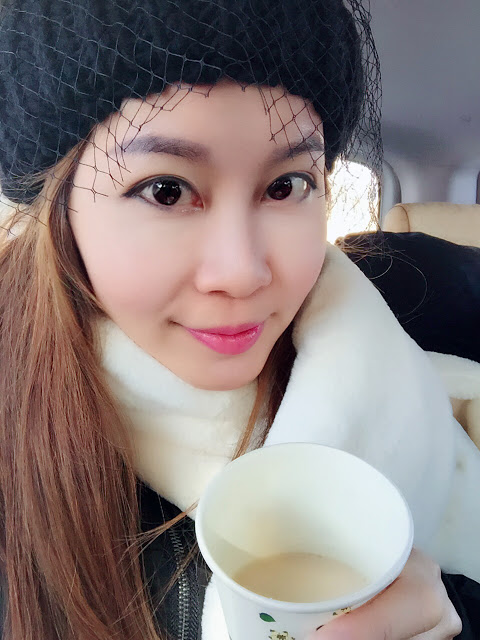
Recent Comments